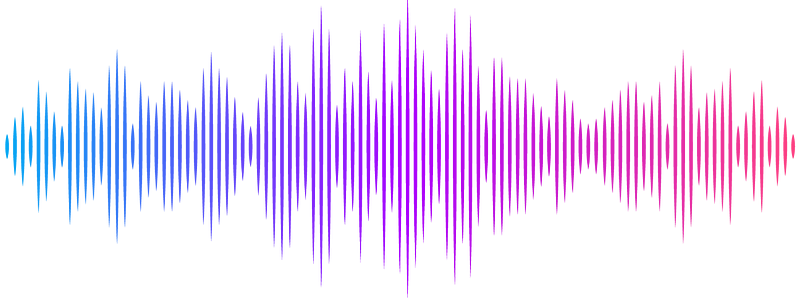Laminar CBV and BOLD response-characteristics over time and space in the human primary somatosensory cortex at 7T

Laminar CBV and BOLD response-characteristics over time and space in the human primary somatosensory cortex at 7T
Dresbach, S.; Gulban, O. F.; Steinbach, T.; Eck, J.; Kashyap, S.; Kaas, A.; Weiskopf, N.; Goebel, R. W.; Huber, L.
AbstractUncovering the cortical representation of the body has been at the core of human brain mapping for decades, with special attention given to the digits. In the last decade, advances in functional magnetic resonance imaging (fMRI) technologies have opened the possibility of non-invasively unraveling the 3rd dimension of digit representations in humans along cortical layers. In laminar fMRI it is common to combine the use of the highly sensitive blood oxygen level dependent (BOLD) contrast with cerebral blood volume sensitive measurements, like vascular space occupancy (VASO), that are more specific to the underlying neuronal populations. However, the spatial and temporal VASO response characteristics across cortical depth to passive stimulation of the digits are still unknown. Therefore, we characterized haemodynamic responses to vibrotactile stimulation of individual digit-tips across cortical depth at 0.75 mm in-plane spatial resolution using BOLD and VASO fMRI at 7T. We could identify digit-specific regions of interest (ROIs) in putative Brodmann area 3b, following the known anatomical organization. In the ROIs, the BOLD response increased towards the cortical surface due to the draining vein effect, while the VASO response was more shifted towards middle cortical layers, likely reflecting bottom-up input from the thalamus, as expected. Interestingly, we also found slightly negative BOLD and VASO responses for non-preferred digits in the ROIs, potentially indicating neuronal surround inhibition. Finally, we explored the temporal signal dynamics for BOLD and VASO as a function of distance from activation peaks resulting from stimulation of contralateral digits. With this analysis, we showed a triphasic response consisting of an initial peak and a subsequent negative deflection during stimulation, followed by a positive post-stimulus response in BOLD and to some extent in VASO. While similar responses were reported with invasive methods in animal models, here we demonstrate a potential neuronal excitation-inhibition mechanism in a center-surround architecture across layers in the human somatosensory cortex. Given that, unlike in animals, human experiments do not rely on anesthesia and can readily implement extensive behavioral testing, obtaining this effect in humans is an important step towards further uncovering the functional significance of the different aspects of the triphasic response.


